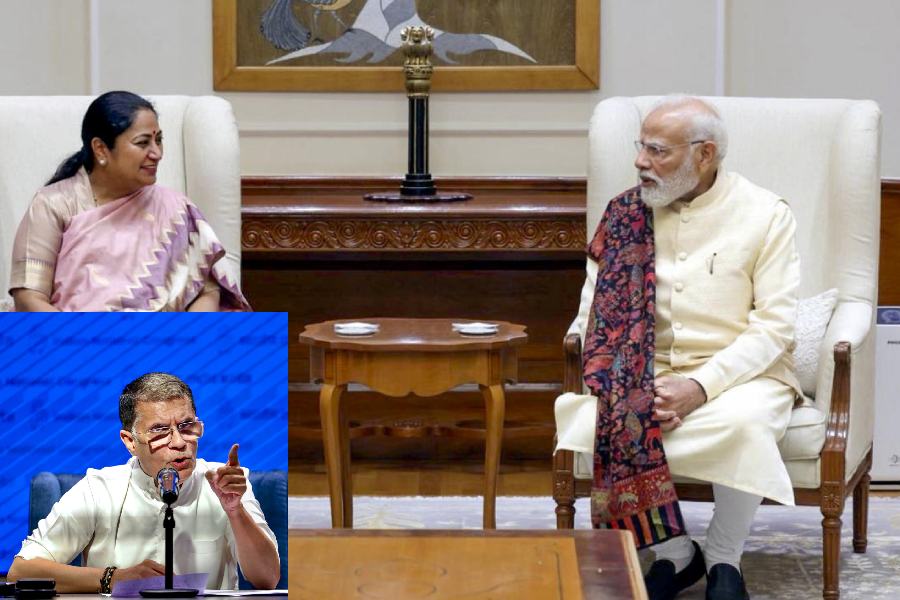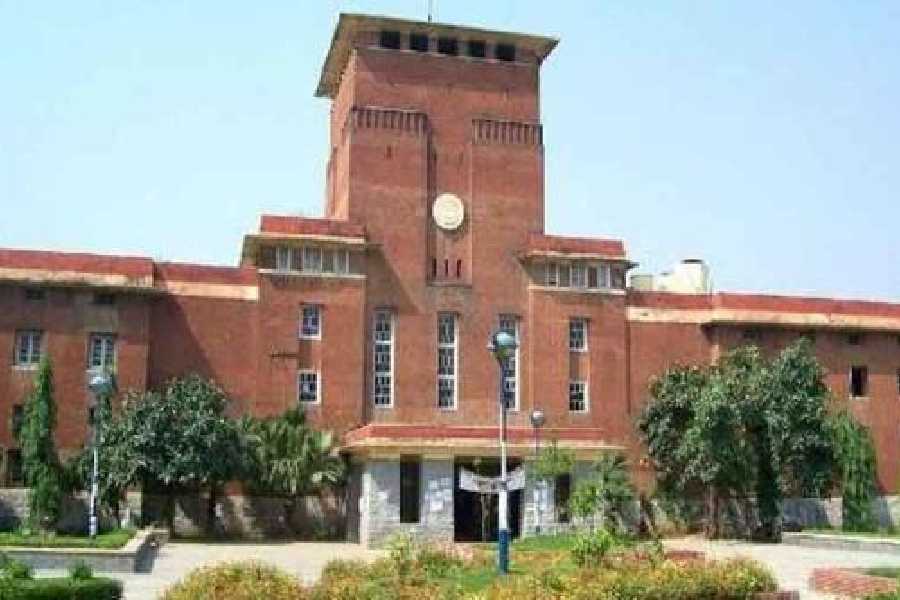
Ranchi, Dec. 19: Fifty to 200 million years from now, the Earth will look quite different from what it does today.
But, to predict the future, a five-member team of geologists from National Autonomous University of Mexico, Lucknow University and Sahebganj College began an investigation today into the past with a fresh look at Rajmahal Hills, formed of rocks dating back to the Jurassic Age some 70 to 150 million years ago.
The study will shed light on how the map of the world will appear 50 to 200 million years from now, the geologists are hoping.
"India, which now lies north of the equator between latitudes 6° 44 minutes and 35° 30 minutes was located 50° south of the equator millions of years ago. Continents are constantly moving, a phenomenon known as continental drift. The surface of the earth is broken into large, constantly shifting pieces, a process called plate tectonics. Using geological data of past continent shifts, we are trying to make an educated guess on how continents will move millions of years into the future," professor K.K. Agarwal of the geology department, University of Lucknow, told The Telegraph over phone from Rajmahal.
He added he was with professors Louis Alva Valdivia and Amar Agarwal from the National Autonomous University of Mexico, Gaurav Joshi from University of Lucknow and Ranjit Kumar Singh, who was head of geology in Sahebganj College, under Sido Kanho Murmu University, Dumka.
"Over the next two days, we shall study the earth's magnetism trapped in the igneous rocks of Rajmahal Hills. We are joined by five postgraduate students of geology, Sahebganj College," K.K. Agarwal said.
On why Rajmahal Hills, nearly 430km from Ranchi, can unlock mysteries of the past, Sahebganj College faculty member Singh said they were mostly made of igneous rocks which proved the entire area had witnessed volcanic eruptions nearly 125 million years ago.
Molten lava that flowed over Rajmahal over 125 million years ago cooled down later, trapping magnetic properties in rocks. This was also the time when the earth, which then consisted of a single landmass, began to break apart and drift.
"Today, we collected igneous rock samples from Gadra Hills in Rajmahal by drilling into the solid lava bed. We collected petrified plant fossils from Dubouli village in bordering Bihar. We will continue to explore Rajmahal Hills over the next two days and collect as many samples as we can," Singh said.
"Later, we will examine the magnetic properties trapped in the rocks at our labs and the plant fossils we found. The findings will throw light on the history of the Earth, the migrations of continents and the planet's future," he added.










